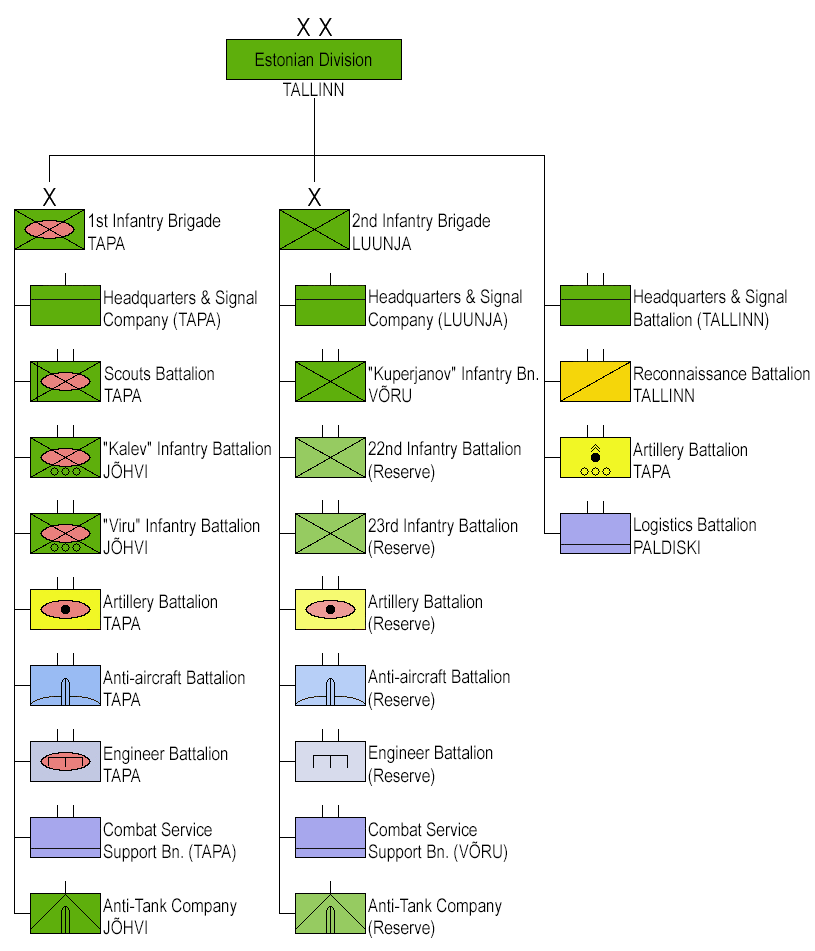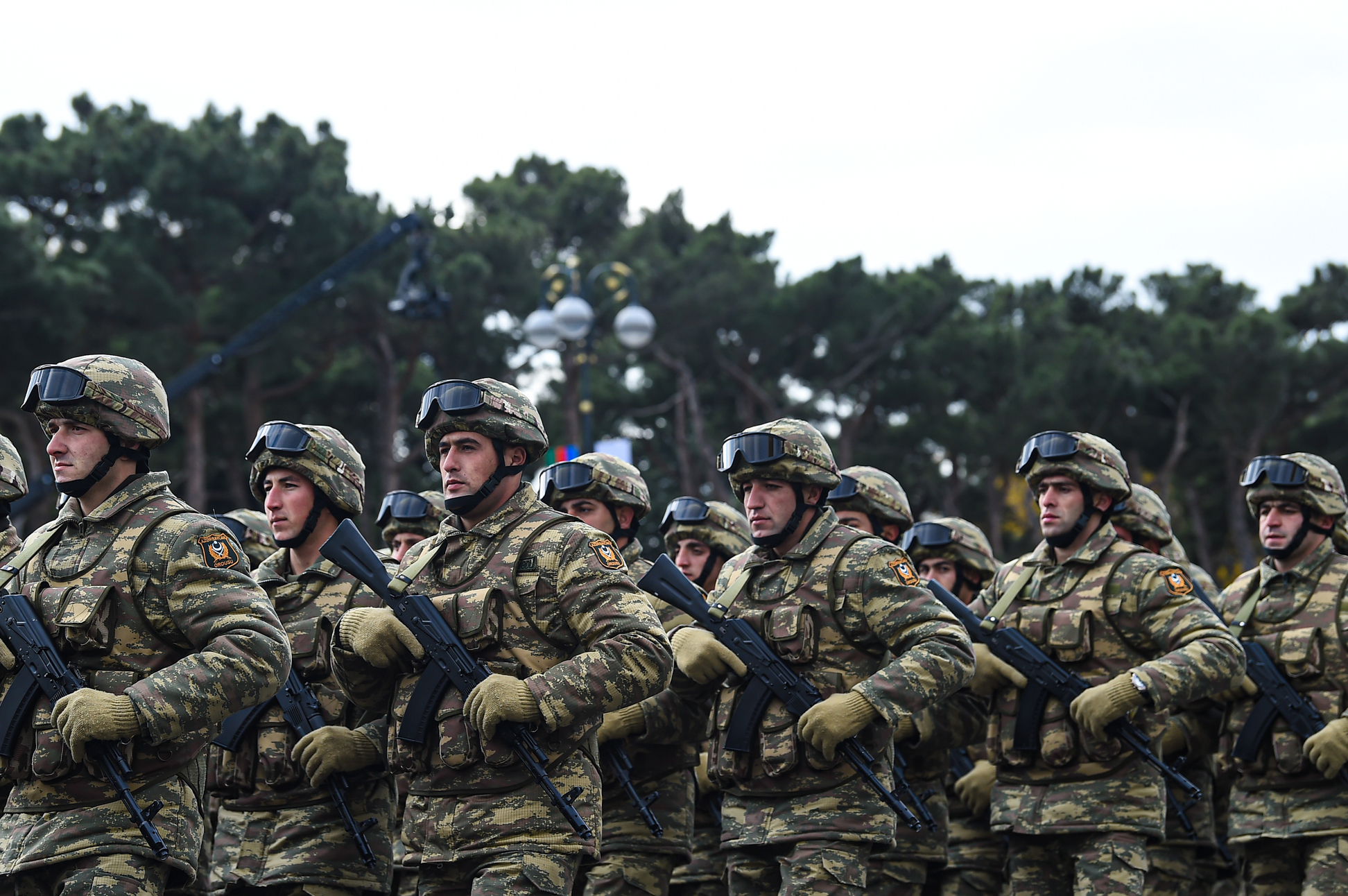|
Estonian Land Forces
The Estonian Land Forces (), unofficially referred to as the Estonian Army, is the name of the unified ground forces among the Estonian Defense Forces where it has an offensive military formation role. The Estonian Land Forces is currently the largest Estonian military branch, with an average size of approximately 6,000 soldiers, conscripts, and officers during peacetime. The ''Maavägi'' development priorities are the capability to participate in missions outside the national territory and perform operations to protect the territory of Estonia, also in co-operation with the Allies. The ''Maavägi'' component of the operational structure consists of an infantry brigade and a homeland security structure. Deployable infantry battalion tactical group and some deployable CS, CSS units will develop in the Army structure in accordance with NATO Force Proposals requirements. The infantry brigade will be a training and support frame for deployable units. Homeland security structure uni ... [...More Info...] [...Related Items...] OR: [Wikipedia] [Google] [Baidu] |
Army
An army, ground force or land force is an armed force that fights primarily on land. In the broadest sense, it is the land-based military branch, service branch or armed service of a nation or country. It may also include aviation assets by possessing an army aviation component. Within a national military force, the word army may also mean a field army. Definition In some countries, such as France and China, the term "army", especially in its plural form "armies", has the broader meaning of armed forces as a whole, while retaining the colloquial sense of land forces. To differentiate the colloquial army from the formal concept of military force, the term is qualified, for example in France the land force is called , meaning Land Army, and the air and space force is called , meaning Air and Space Army. The naval force, although not using the term "army", is also included in the broad sense of the term "armies" — thus the French Navy is an integral component of the collect ... [...More Info...] [...Related Items...] OR: [Wikipedia] [Google] [Baidu] |
Jõhvi
Jõhvi ( ; ; ) is a town in northeastern Estonia, and the administrative seat of Ida-Viru County and Jõhvi Parish. The town is located about 50 km west of the Estonia–Russia international border. History Jõhvi was first mentioned as a village in 1241 in Liber Census Daniae when it was ruled by Denmark. Historical names of Jõhvi were ''Gewi'' and ''Jewe''. In the 13th century a church was built there, and Jõhvi became the centre of the local church parish. On 1 May 1938, the government of Estonia upgraded the official status of Jõhvi from a borough to that of an independent town. During the period of Soviet administration (1944–1991), Jõhvi was administratively not a town, but a district of the city of Kohtla-Järve. In 2005, the town of Jõhvi was united with the parish of Jõhvi. Demographics During the period when Estonia was occupied by the Soviet Union, a significant influx of workers from other parts of the Soviet Union was initiated to support the ex ... [...More Info...] [...Related Items...] OR: [Wikipedia] [Google] [Baidu] |
NKVD
The People's Commissariat for Internal Affairs (, ), abbreviated as NKVD (; ), was the interior ministry and secret police of the Soviet Union from 1934 to 1946. The agency was formed to succeed the Joint State Political Directorate (OGPU) secret police organization, and thus had a monopoly on intelligence and state security functions. The NKVD is known for carrying out political repression and the Great Purge under Joseph Stalin, as well as counterintelligence and other operations on the Eastern Front of World War II. The head of the NKVD was Genrikh Yagoda from 1934 to 1936, Nikolai Yezhov from 1936 to 1938, Lavrentiy Beria from 1938 to 1946, and Sergei Kruglov in 1946. First established in 1917 as the NKVD of the Russian SFSR, the ministry was tasked with regular police work and overseeing the country's prisons and labor camps. It was disbanded in 1930, and its functions dispersed among other agencies before being reinstated as a commissariat of the Soviet Union ... [...More Info...] [...Related Items...] OR: [Wikipedia] [Google] [Baidu] |
Gustav Jonson
Gustav Jonson (born Gustav Joonson; 7 January 1880 – 15 November 1942) was an Estonian military soldier of the Russian Empire, Estonia, and the Soviet Union.Eesti Entsüklopeedia 14: Eesti elulood. Eesti Entsüklopeediakirjastus, 2000. Page 112 Biography Gustav Jonson was born Gustav Joonson to Jüri and Mari Joonson (née Adamson) at Kudu farm, Päri Parish (now in present-day Viljandi Parish). In 1914 he graduated from Riga Polytechnical Institute. He participated in World War I. In 1917 he returned to Estonia, and he formed the 1st Cavalry Regiment. The regiment participated in the Estonian War of Independence. From 1918 to 1924 he was the commander of the 1st Cavalry Regiment. From 1927 to 1928 he was the head of Estonian Military Academy. From 1934 to 1939 he was the assistant officer () of the state elder Konstantin Päts. In 1939, the then 59-year-old Jonson resigned from active service with the rank of Major General due to exceeding the age limit. After the Stalinist S ... [...More Info...] [...Related Items...] OR: [Wikipedia] [Google] [Baidu] |
Red Army
The Workers' and Peasants' Red Army, often shortened to the Red Army, was the army and air force of the Russian Soviet Republic and, from 1922, the Soviet Union. The army was established in January 1918 by a decree of the Council of People's Commissars to oppose the military forces of the new nation's adversaries during the Russian Civil War, especially the various groups collectively known as the White Army. In February 1946, the Red Army (which embodied the main component of the Soviet Armed Forces alongside the Soviet Navy) was renamed the "Soviet Army". Following the dissolution of the Soviet Union it was split between the post-Soviet states, with its bulk becoming the Russian Ground Forces, commonly considered to be the successor of the Soviet Army. The Red Army provided the largest land warfare, ground force in the Allies of World War II, Allied victory in the European theatre of World War II, and its Soviet invasion of Manchuria, invasion of Manchuria assisted the un ... [...More Info...] [...Related Items...] OR: [Wikipedia] [Google] [Baidu] |
22nd Rifle Corps
The 22nd Rifle Corps was a corps of the Red Army, formed thrice. It was initially formed from the Estonian Army after the Soviet occupation of that country in June 1940. The corps was destroyed during the Baltic Operation. After large-scale desertions of its troops, the corps disbanded in September 1941. Its soldiers were used in construction battalions in the Urals, where many of them died. The corps was reformed in November 1942 with the Transcaucasian Front. It fought in the Dnieper–Carpathian Offensive, Lvov–Sandomierz Offensive, Sandomierz–Silesian Offensive and the Prague Offensive during the war. The corps was disbanded in the summer of 1945. Reformed in 1949 in the Transcaucasian Military District, it was disbanded in 1956. 22nd Territorial Rifle Corps The 22nd Territorial Rifle Corps was originally formed after the Soviet occupation of the Baltic States. Originally based upon the Estonian Army, reorganised as the 180th and 182nd Rifle Divisions, part of ... [...More Info...] [...Related Items...] OR: [Wikipedia] [Google] [Baidu] |
Soviet Union
The Union of Soviet Socialist Republics. (USSR), commonly known as the Soviet Union, was a List of former transcontinental countries#Since 1700, transcontinental country that spanned much of Eurasia from 1922 until Dissolution of the Soviet Union, it dissolved in 1991. During its existence, it was the list of countries and dependencies by area, largest country by area, extending across Time in Russia, eleven time zones and sharing Geography of the Soviet Union#Borders and neighbors, borders with twelve countries, and the List of countries and dependencies by population, third-most populous country. An overall successor to the Russian Empire, it was nominally organized as a federal union of Republics of the Soviet Union, national republics, the largest and most populous of which was the Russian SFSR. In practice, Government of the Soviet Union, its government and Economy of the Soviet Union, economy were Soviet-type economic planning, highly centralized. As a one-party state go ... [...More Info...] [...Related Items...] OR: [Wikipedia] [Google] [Baidu] |
Soviet Occupation Of Estonia
The Estonian Soviet Socialist Republic, (abbreviated Estonian SSR, Soviet Estonia, or simply Estonia ) was an administrative subunit ( union republic) of the former Soviet Union (USSR), covering the occupied and annexed territory of Estonia in 1940–1941 and 1944–1991. The Estonian SSR was nominally established to replace the until then independent Republic of Estonia on 21 July 1940, a month after the 16–17 June 1940 Soviet military invasion and occupation of the country during World War II. After the installation of a Stalinist government which, backed by the occupying Soviet Red Army, declared Estonia a Soviet constituency, the Estonian SSR was subsequently incorporated into the Soviet Union as a union republic on 6 August 1940. Estonia was occupied by Nazi Germany in 1941, and administered as a part of ''Reichskommissariat Ostland'' until it was reconquered by the USSR in 1944. The majority of the world's countries did not recognise the incorporation of Estonia ... [...More Info...] [...Related Items...] OR: [Wikipedia] [Google] [Baidu] |
Jaan Maide
Jaan Maide, VR II/3 (30 May 1896 – 10 August 1945) was a senior Estonian Army officer who fought in World War I, the Estonian War of Independence and World War II. He was appointed Commander-in-Chief of the Estonian Military by Otto Tief's government in 1944. Early life Maide was born on 30 May 1896, in Vana-Kariste to Johann and Liso Maide. Military career Maide was drafted into the Imperial Russian Army in 1915. He graduated from a commissioned officer's academy in Kyiv as an ensign in 1916, and served with the Latvian Riflemen regiment from 1917 until 1918. Following the Estonian Declaration of Independence, Maide joined the newly formed Estonian Army, where he was appointed commander of the 1st Company of the 6th Regiment. He commanded his unit during the Estonian War of Independence, and was promoted to lieutenant on 12 February 1920. After the war, Maide stayed in the military. He finished General Staff officers' course in 1923, and was promoted to captain. From 19 ... [...More Info...] [...Related Items...] OR: [Wikipedia] [Google] [Baidu] |
Valga Military District , one of 15 counties of Estonia
{{geodis ...
Valga may refer to: * Valga, Estonia, a town in Estonia, and its twin town Valka in Latvia * Valga, Galicia, a town in Galicia, Spain * Valga County Valga County ( or ''Valgamaa'') is a first-level administrative unit and one of 15 counties of Estonia. It comprises the former area of Valga District. The present-day county was created on 1 January 1990. The capital and largest town of Valga Co ... [...More Info...] [...Related Items...] OR: [Wikipedia] [Google] [Baidu] |
Viljandi
Viljandi (, , , , ) is a Populated places in Estonia, town and Municipalities of Estonia, municipality in southern Estonia with a population of 17,255 in 2024. It is the capital of Viljandi County and is geographically located between two major Estonian cities, Pärnu and Tartu. The town was first mentioned in 1283, upon being granted its town charter by Wilhelm von Endorpe. The town became a member of the Hanseatic League at the beginning of the 14th century, and is one of five Estonian towns and cities in the league. The once influential Estonian newspaper ''Sakala (newspaper), Sakala'' was founded in Viljandi in 1878. Symbols The flag of Viljandi is bi-coloured, its upper part is light blue and lower part white. The city's shield-shaped coat of arms is light blue, with a white rose in the middle. Viljandi is the white rose city – in midsummer there are 720 white roses flowering in front of the city hall, planted for the town's anniversary in 2003. In summer, the White Rose D ... [...More Info...] [...Related Items...] OR: [Wikipedia] [Google] [Baidu] |




